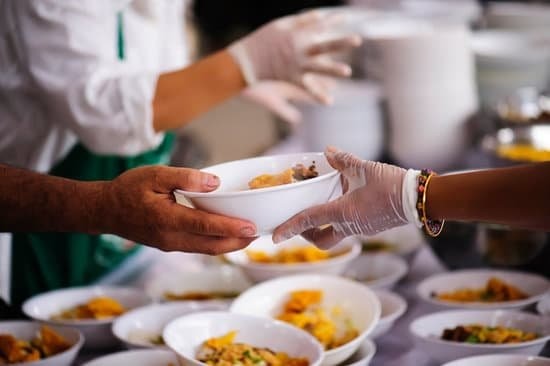While the COVID-19 pandemic has stressed virtually every nonprofit in the country, we’ve learned that the impacts can vary strikingly from one organization to another. As many have seen their operations paralyzed—and their revenue too—a different subset have found themselves in higher demand and in the spotlight as never before. That has been exactly the case with Philabundance, the Delaware Valley’s largest and best known hunger relief agency. This moment has underscored the profound value of the Philabundance mission, and at the same time presented the organization’s development staff with challenges and opportunities on a historic scale.
The Crisis
When stay-at-home measures suddenly closed businesses and unemployment exploded, Philabundance saw demand for food assistance surge by 60 percent, with 40 percent of people visiting a food pantry for the first time. That’s on top of the already impressive 90,000 individuals the organization served in a typical pre-pandemic week. Staff raced to meet the need, while struggling to work around severe disruptions in the food distribution system.
Fortunately, Philabundance saw giving simultaneously soar as well. Donors stepped forward with half-a-year’s worth of contributions in the space of a couple of months. Gifts came at every level, from $5 to $100,000, from long-term supporters and from more 18,000 new donors too.
Already operating on overdrive, Philabundance now faced one more challenge, to quickly scale up its development operations to retain those new donors. For help, they turned to Schultz & Williams, for strategic guidance and a coordinated set of services including mid-level and major gifts consulting, data analysis to guide planning and implementation, mid-level direct response efforts and new digital initiatives to support fundraising and steward donors.
Beyond One-and-Done
At first glance, the sudden growth in giving that Philabundance experienced might spark a tinge of envy on the part of fundraisers elsewhere. But it’s important to realize that the organization is spending money as quickly as it comes in and needs to sustain the current level of giving to support operations. Understandably, the fundraising team is almost as stressed as it is grateful.
The core challenge that Schultz & Williams is helping them meet is to convert as many of those new crisis donors to loyal supporters as possible. The project is still in its early stages and the plan just taking shape, but it’s clear from past experience that one key goal in the effort must be to get that all-important second gift. In the psychology of donors, this is the point when they begin to think of themselves as not just someone who wrote a check, but as a supporter of a cause.
Focusing strongly on this goal drives a number of tactics, from developing a welcome email series to engage each new donor, to carefully timing the second ask while Philabundance and the issue of hunger retain front-of-mind awareness.
As is always true in building donor relationships, a balance of solicitation and cultivation is key. When the audience includes many new crisis donors, however, the cultivation challenge becomes bigger. It requires informing someone who may actually know very little about the organization he or she has supported: introducing them to its mission and impact, educating them on the ongoing need, helping them see themselves as part of the solution—and all of this very quickly.
Building the Pipeline
The recent influx of gifts at Philabundance presents a particularly valuable opportunity when it comes to mid-level and major donors. In ordinary times, organizations devote years to cultivating prospects at this level, developing relationships and building toward bigger commitments. Philabundance, in contrast, has more or less instantly found itself with a large new audience of potentially significant supporters. As with every other new-to-file donor, these individuals need to be educated. Some may have written $10,000 checks, but know little more about Philabundance than its good reputation.
Beyond this work of education, though, lies the challenge at the heart of mid-level giving: to help donors transition from a transactional mindset to a philanthropic one.* That takes careful stewardship, including personal outreach and relationships. The problem, of course, is volume. The Philabundance development staff, though highly capable, is already working in emergency mode and could never call on all these new prospects. To help them prioritize, Schultz & Williams is engaging in a process of data modeling, screening for both capacity and inclination. This will provide the guidance to group the prospects into cohorts, each to be cultivated with the appropriate approach.
S&W is also working with Philabundance development officers on pipeline management, meeting week-to-week to set goals, monitor progress, and help shape strategies for individual prospects.
The Great Opportunity
To engage new donors, to keep them connected even as this crisis wears on into many months, and to identify and cultivate all the significant new prospects suddenly within reach—it all adds up to quite a task. Success will take a coordinated effort and disciplined attention to strategy, even when the demands of the moment seem all-consuming. The potential reward, however, is remarkable. It’s the chance for Philabundance—or any organization similarly affected by this crisis—to emerge stronger, with a far more robust community of donors and with a more sophisticated development infrastructure in place to serve them.
*Those interested in more this topic, can check out this related article, “What’s the Plan? Getting Intentional About Success in Mid-Level Giving.”




